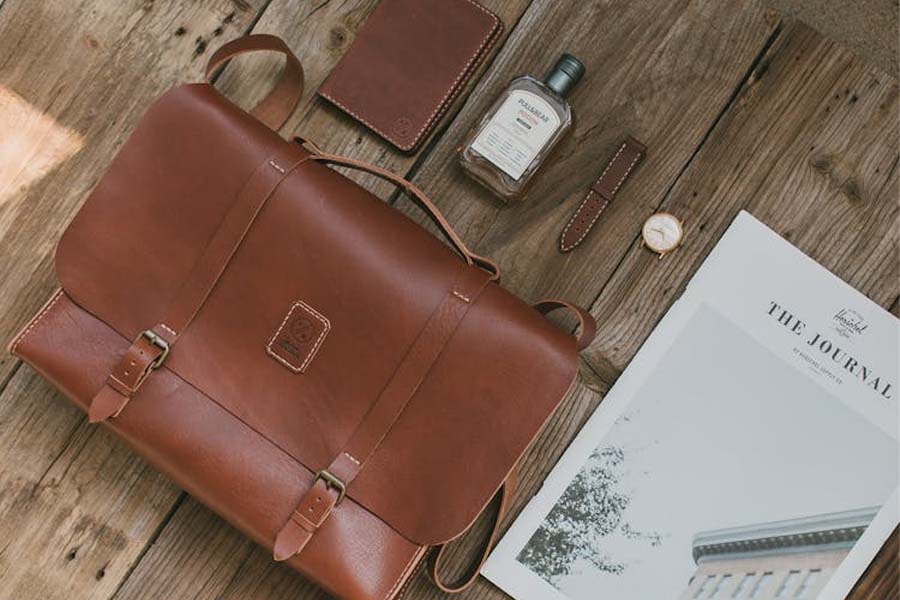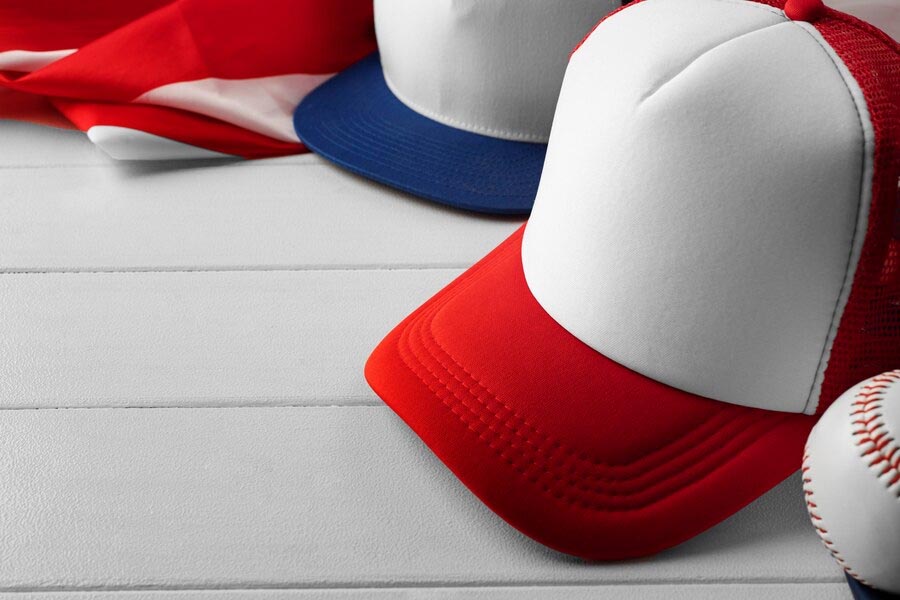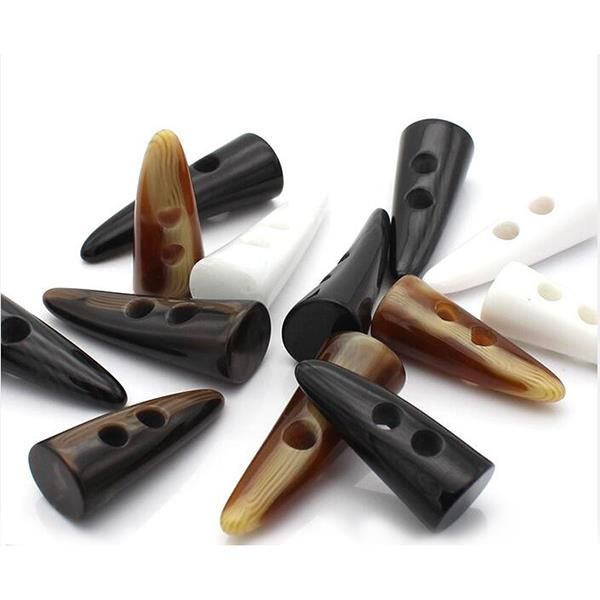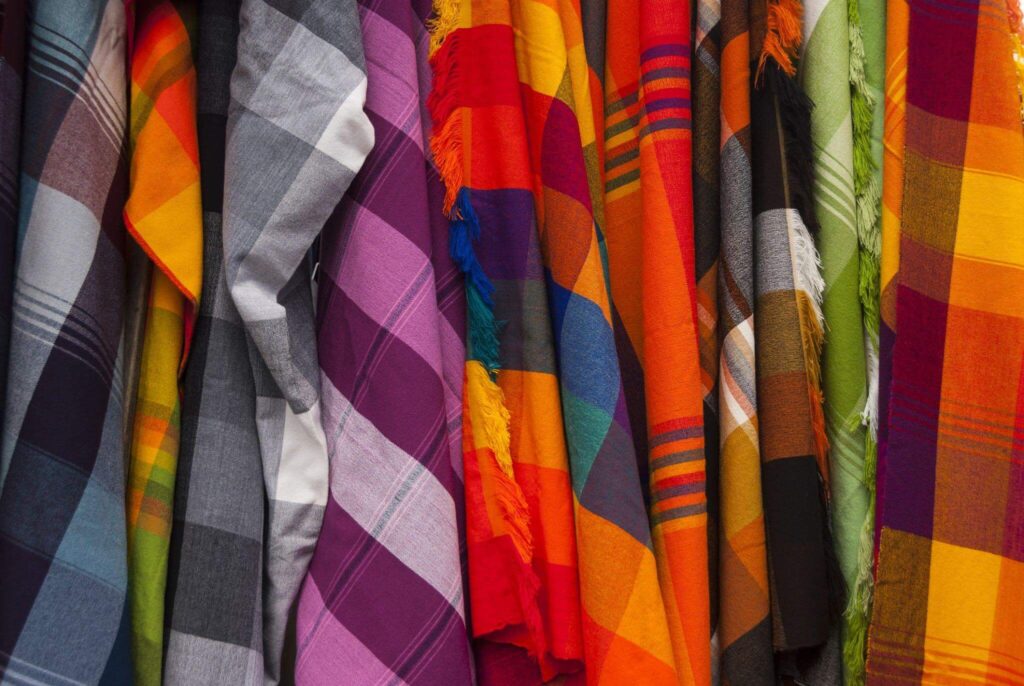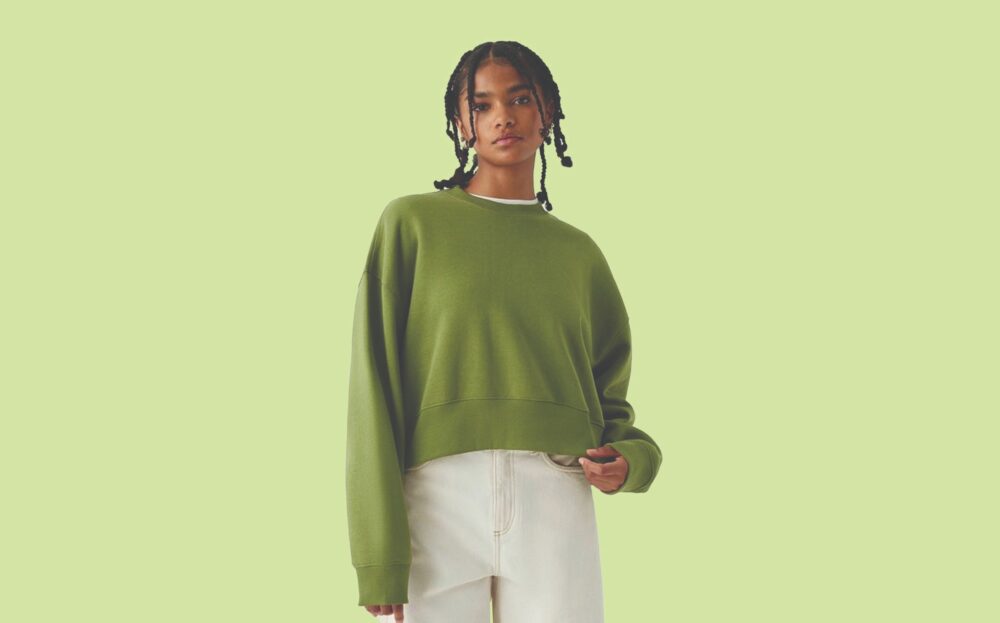Do you want to print your merchandise T-shirts? Do you want them to be of top-notch quality? Well if your answer is yes, then we have the best two available answers which will be beneficial for you, that is two options which you can choose according to your budget and other depending factors, sublimation or screen printing are the best options which is ruling the printing market in today’s world.
It is certainly up to you whether you want a showdown between screen print vs sublimation or if you have prior knowledge about them.
Well, worry not if you don’t know the difference between screen print vs sublimation, as this blog will clear your doubts, and going to provide in-depth research related to these commodities. So read along and have an insight that will be going to clear any dilemma you have in your mind.
First, let’s understand what screen print or sublimation is in detail.
What is screen printing?
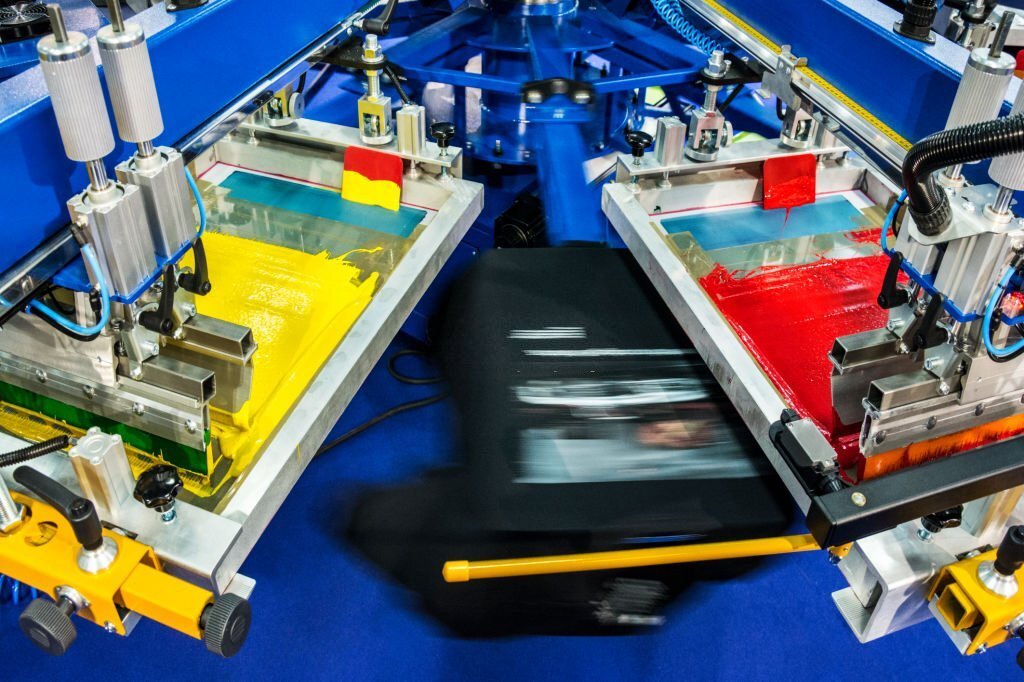
Screen printing utilizes a stencil and a squeegee to just barely get ink through a screen and layer a plan on top of the fabric. This technique, additionally called silk screening, is perhaps the oldest type of printed art! It makes thick, raised designs on the surface of a shirt.
Regardless of its old history, this technique stays famous with both expert printers and home artists. Probably the best thing about screen printing is that it makes top-notch designs since it uses such thick inks that they leave a raised, somewhat 3D plan on top of the shirt. Also, you can screen print on practically any kind or shade of fabric utilizing this method.
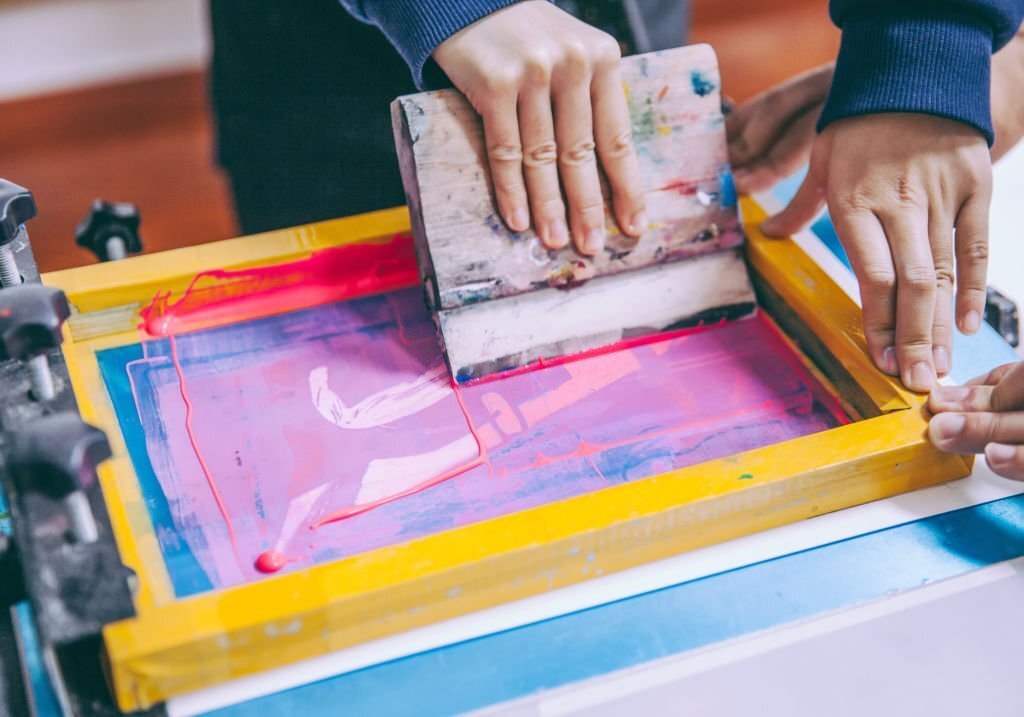
Likewise with anything, however, screen printing additionally has a few limits. You need to apply each layer of color in turn through the stenciled screens, meaning that this method turns out best for designs requiring fewer color tones.
For example, it’s not a great decision if you want to print an image or a photograph onto a t-shirt! Similarly, it just functions at level surfaces like a smooth piece of cloth. It is certainly impossible to screen print onto a mug or baseball cap without any problem.
What is Sublimation?
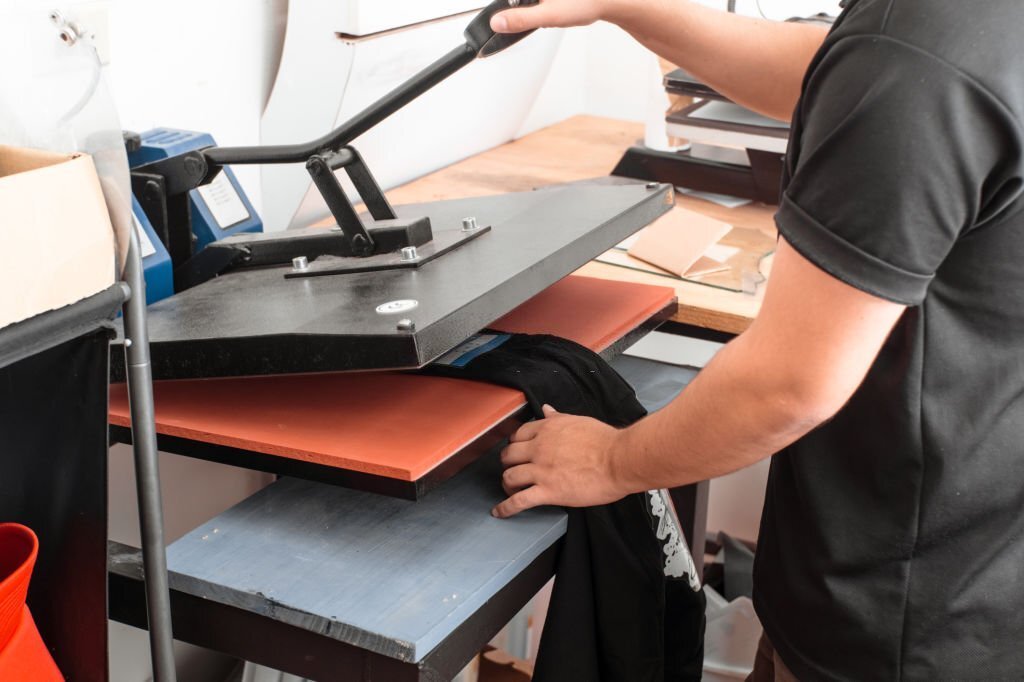
Sublimation utilizes heat and pressure to chemically connect (or bond) dye with the fibers strands inside synthetic fabrics. This new printing method is quickly acquiring popularity for proficient printers and entrepreneurs since it makes staggeringly strong and distinctive designs. It also utilizes the full computerized color scale of the CYMK printer model, implying that you can undoubtedly print full-color photographs or pictures utilizing the sublimation technique.
Sublimation is a chemical process that includes transforming a solid straightforwardly into a gas. If you can recall your secondary school science, you will know that typically, an object moves from a solid to a liquid to a gas. Sublimation omits the liquid stage and goes directly to gas.
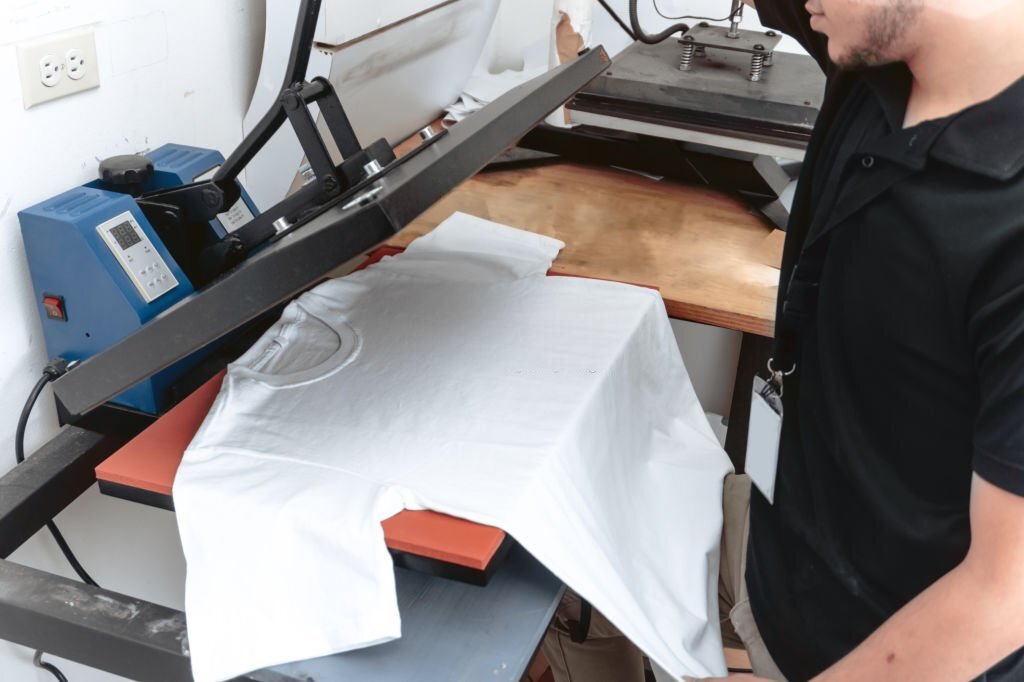
In t-shirt printing, the sublimation technique works like this: the extreme heat of a heat press sublimates the color (dye) on a special transfer paper. The dye transforms into a gas and penetrates deep into the fabric of the shirt.
Simultaneously, the heat opens up the polymer filaments inside the polyester fabric, permitting the gaseous dye to inside the real strands of the fabric.
When you take off the shirt from the press, the ink cools and continues its solid form, but at this stage, it has bonded with the fabric on a molecular level! This implies that a sublimation print will straightforwardly keep going as long as the fabric of the shirt.
What is the difference between Screen print and Sublimation?
If we talk about the difference between screen print or sublimation, it gives us many ways in which we can point down their notable things. But, comparing these two like a proper battle of WWE that is sublimation printing vs screen printing we have collected this genuine information through professional means.
Durability/Strength
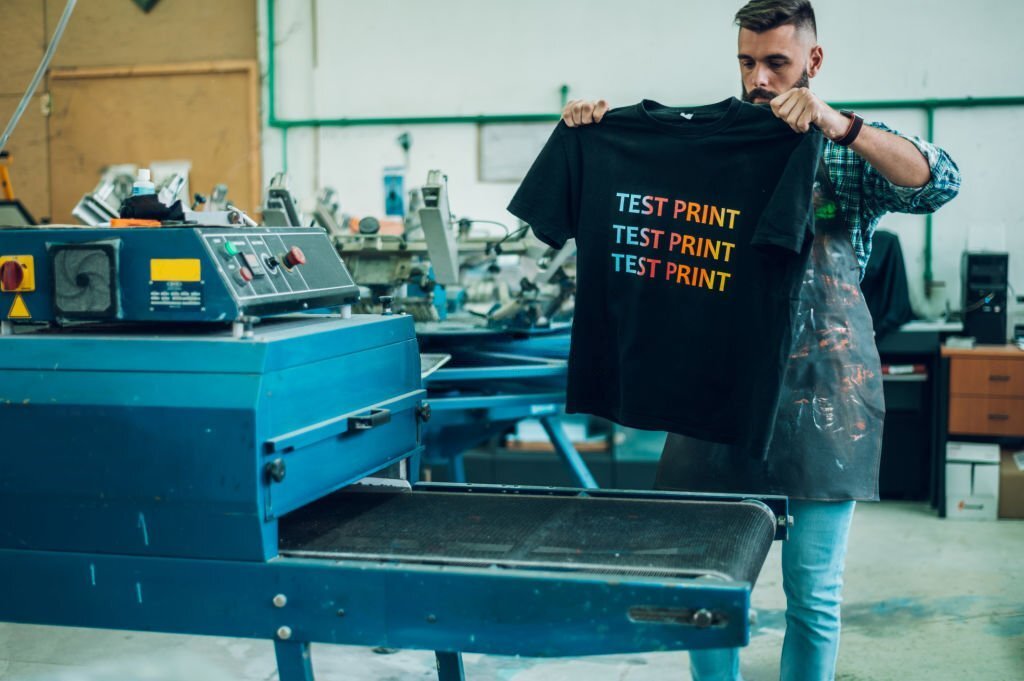
Sublimation prints last longer than screen-printed designs. Screenprints hold up well through many washes, however, in the end, you will see the raised-ink configuration break or start to peel away from the fabric. However, Sublimation designs won’t ever break, peel, or fade because the dye bonds are penetrated deep beneath the surface of the fabric.
Before the innovation of sublimation, numerous printers considered screen printing to offer one of the strongest types of shirt designs. If we talk about screen print or sublimation Indeed, sublimation is more durable however; screen printing still goes on for a quite long time too! Plus screen prints utilize a special sort of ink called plastisol ink that holds up above and beyond time.
Quality
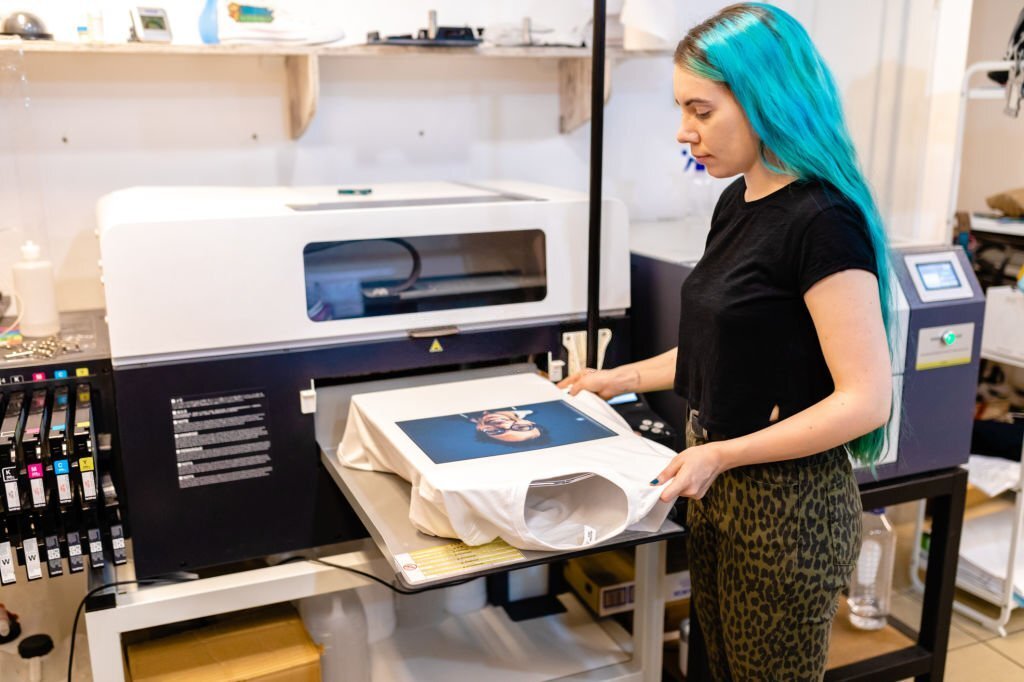
The difference between screen print and sublimation is that both of them are great in quality however in different ways. Sublimation prints offer distinctive, bright color tones that won’t fade over the long run. This printing method can also make detailed and multi-shaded pictures easily without ruining the quality.
Screenprints utilize fewer colors to make raised designs that offer an intense, tactile contrast of colors and textures. The designs look tasteful and classy in contrast to a typical DTG print and will keep going for quite a while.
Complexity
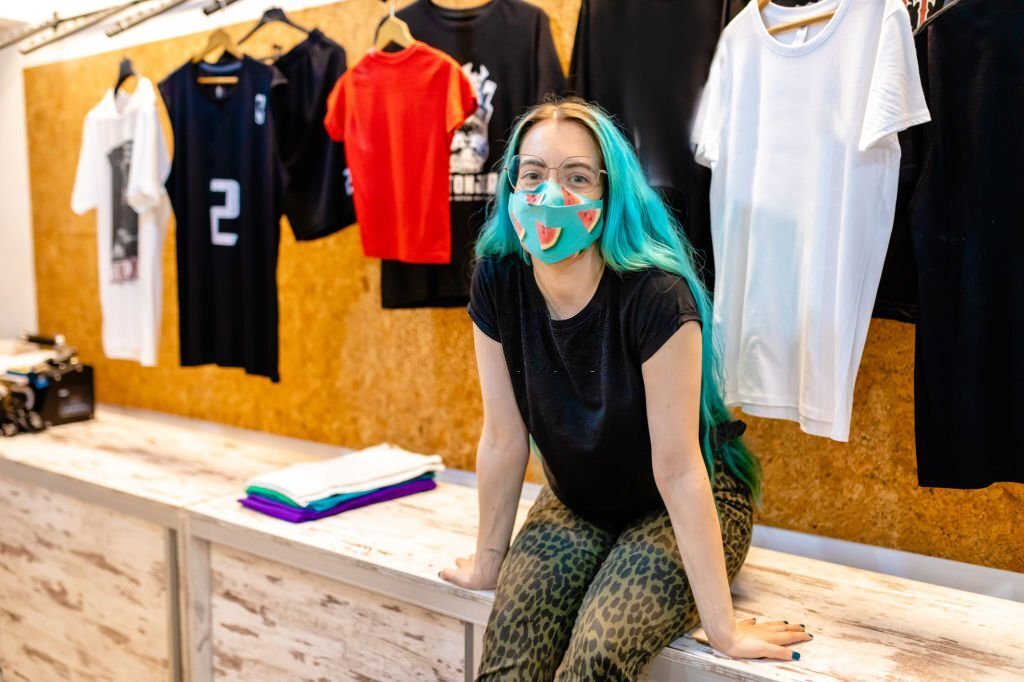
Sublimation printing takes into account more intricate designs than screen printing generally speaking. This is because you print a digital image right onto a transfer paper while utilizing the sublimation technique.
For a screen print, you need to make your stencil first. You can make detailed stencils, however, this typically includes making a convoluted light emulsion that works a lot like a photo negative. You want a ton of chemicals, a ton of expertise, and a lot of patience to make a detailed screen print stencil!
Consequently, it’s a lot simpler to make complex sublimation prints. In this process, you put basically everything in before the printing by making a high-quality digital picture utilizing graphics designing software like Adobe Illustrator or Adobe Photoshop. Then the printer does practically everything as it prints the design straight onto a transfer paper!
Consistency

Both screen printing and sublimation permit you to reproduce a similar design reliably. All things considered, the two techniques might have minor errors brought about by smearing ink or pieces of residue trapped in the design.
Screen printing has pretty incredible consistency since you can reuse your singular color screens as many times as you like to make a similar design over and over. Over the course of time, you might discover a slight variation starting with one design and then onto the next, for example, a smudge anywhere. However, in general, screen printing considers the consistency of designs.
As it is sublimation printing vs screen printing, sublimation printing additionally takes into consideration consistency since you simply need to print your digital picture onto transfer paper once more if you have any desire to make a copy shirt. The risk of variety becomes an integral factor here since you need to set up the transfer on each shirt with care to abstain from any ghosting brought about by moving transfer paper or residue smears caused by pieces of lint stuck on the fabric.
Color blending in screen printing vs sublimation
Color blending and getting shades of colors spot-on is quite troublesome in both sublimation and screen printing, however, the process works diversely in each method.
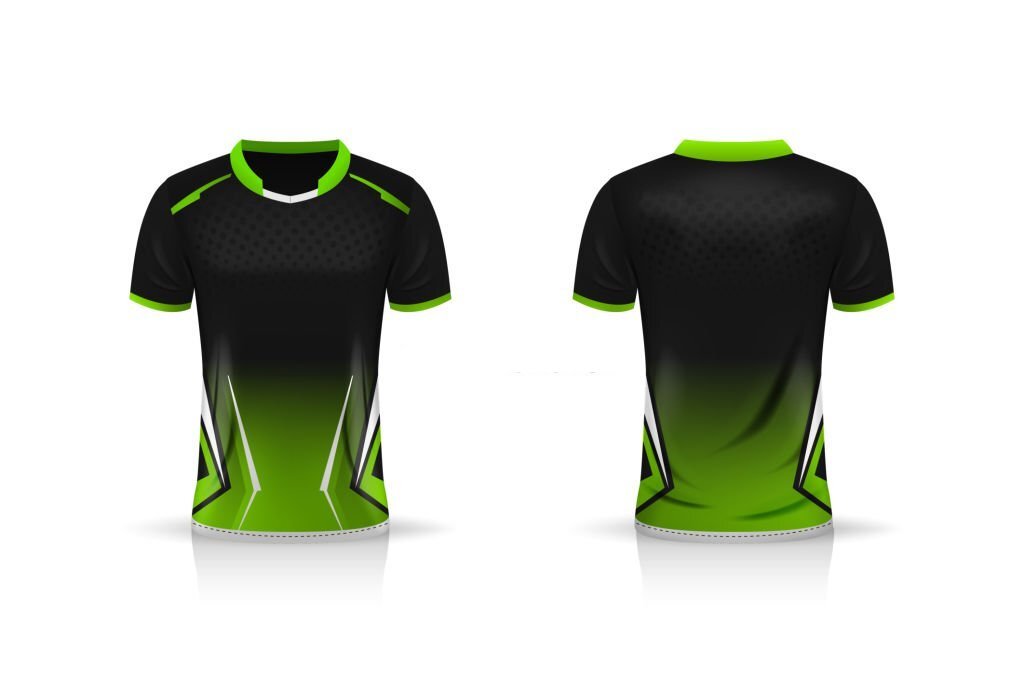
For the screen printing service, you need to blend the shades of colors you need by hand as in most cases. Experts might utilize mechanized paint mixing machines. Regardless of what, this implies that your blended shades could fluctuate with one project and then onto the next. In some cases, specialists will mix color straightforwardly on the screen to make cool ombre effects, however, this additionally takes a great deal of ability!
In the beginning, mixing tones appears to be simple in a sublimation print. All things considered, the printer does this for you as it blends the primary CYMK colors to print onto the transfer paper. Yet, there is a trick here too.
To get precise tones in sublimation printing, you need to utilize software that offers an ICC profile. The manner in which we see tones and how a PC screen shows colors isn’t equivalent to how a printer mixes inks. The ICC profile permits the printer to coordinate with what you see on the computer screen and make exact, mixed colors every time.
Usual cost per shirt in screen print or sublimation
The normal expense per shirt for a client can go somewhere in the range of $15.00 to $45.00 on average for both screen printed and sublimation shirts. This colossal variety originates from the fact that various organizations and artists put in stunningly various measures of setup work and cost depending upon the style of the shirt.
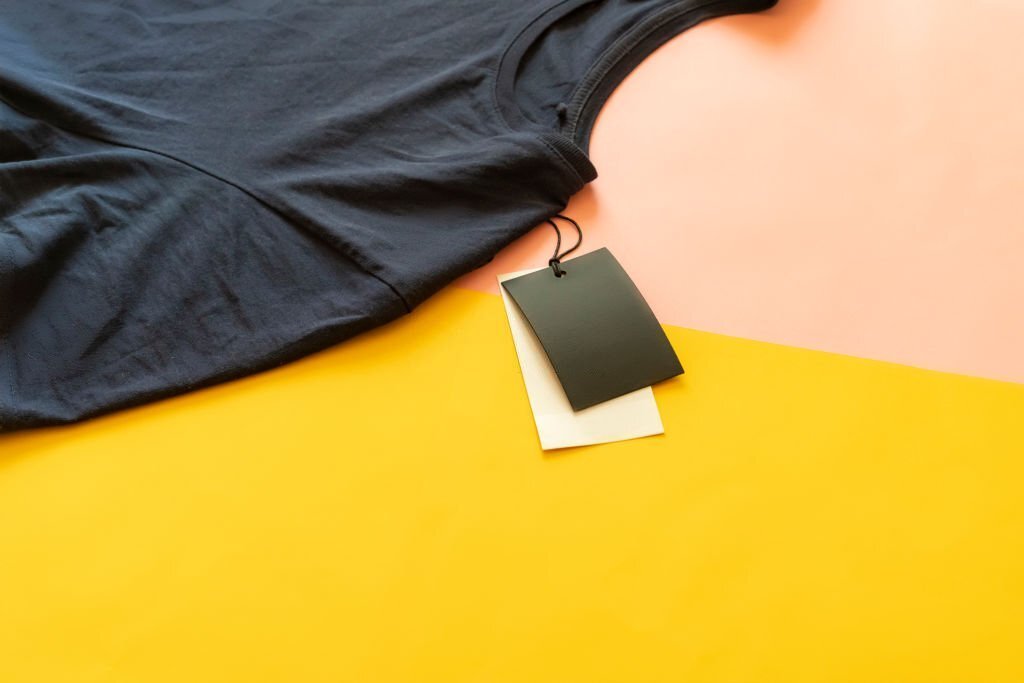
For instance, assuming you need to custom-request 50 screen-printed tees that have your organization logo imprinted on them in a single color, you might get the shirts for just $10 or $15. However, on the off chance that you need to custom-order a screen print of a glittering mythical beast in a multi-shaded design, the printer should utilize special effects, various screens, and a ton of complicated stencils. Clearly, the printer will charge substantially more for this sort of design!
Screen printers often charge lower costs for mass orders, while sublimation printers may not offer this type of discount.
The average expense per shirt for the printer can fluctuate a lot as well. You need to purchase blank shirts, which can go in cost from as little as $1 to as much as $10 relying upon the kind and quality of the shirt fabric. For instance, a crewneck polyester tee purchased in mass will cost very little, yet a superior quality sports uniform made from polyester might cost substantially more.
You additionally need to factor in the expense of the ink and materials you use and the time you spend setting up the print. At long last, remember about equipment costs! If you purchased a costly printer, you won’t create a lot of gain (profit) on your shirts except if you factorize in percentage to repay your start-up charges.
Material of T-shirts in sublimation vs screen print
The best fabric for sublimation is 100 percent polyester, and the best fabric for screen printing is 100 percent cotton. You can effectively print onto mixed textures utilizing the two techniques, however, to blend less expensive polyester in with softer cotton.
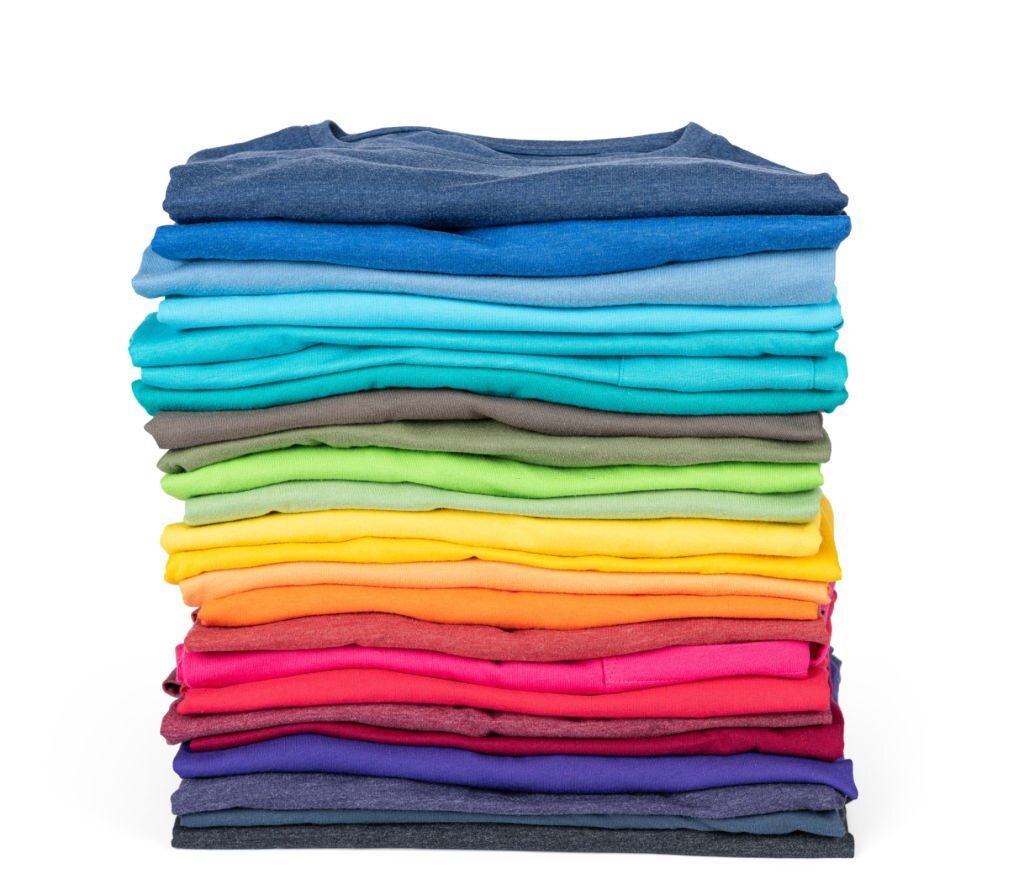
All things considered, you can screen print onto many types of fabrics, including polyester; you simply need to utilize a couple of unique methods. Sublimation interestingly only works at fabric containing a huge level of polyester. The sublimating system requires synthetic polymers for the chemical dye bonding.
Which shirt is affordable to produce sublimation printing vs screen printing?
If we talk about producing in bulk quantity, then our votes go to screen printing for sure, as it’s cheaper, not many machines are needed and the ink also didn’t cost an arm and a leg. For instance; if there is a family event or school reunion around the corner and you have to wear the same shirt for that, so screen print is your fella in terms of monetary value and also in time management too.
Now let’s talk about the sublimation printing service, as you must know by reading this blog, that sublimation requires surely a specific machine to work on, and also without the transfer paper it simply cannot replicate the digital design. And, to top that you need a new sheet for every t-shirt be it of the same design it doesn’t matter, as this makes sublimation quite expensive in its approach.
Which is better sublimation or screen printing?
Is sublimation better than screen printing? Let’s find out
Screen printing and sublimation both make one-of-a-kind, great designs on shirts. If you have not concluded which one is better for you, think about this concise synopsis of the advantages and disadvantages of each process.
Sublimation enjoys many benefits. It effectively makes multicolor prints like photographs and offers great durability in light of the fact that the dye bonds with the strands of the fabric. It additionally makes distinctive, brilliant designs and deals with many objects other than flat pieces of cloth.
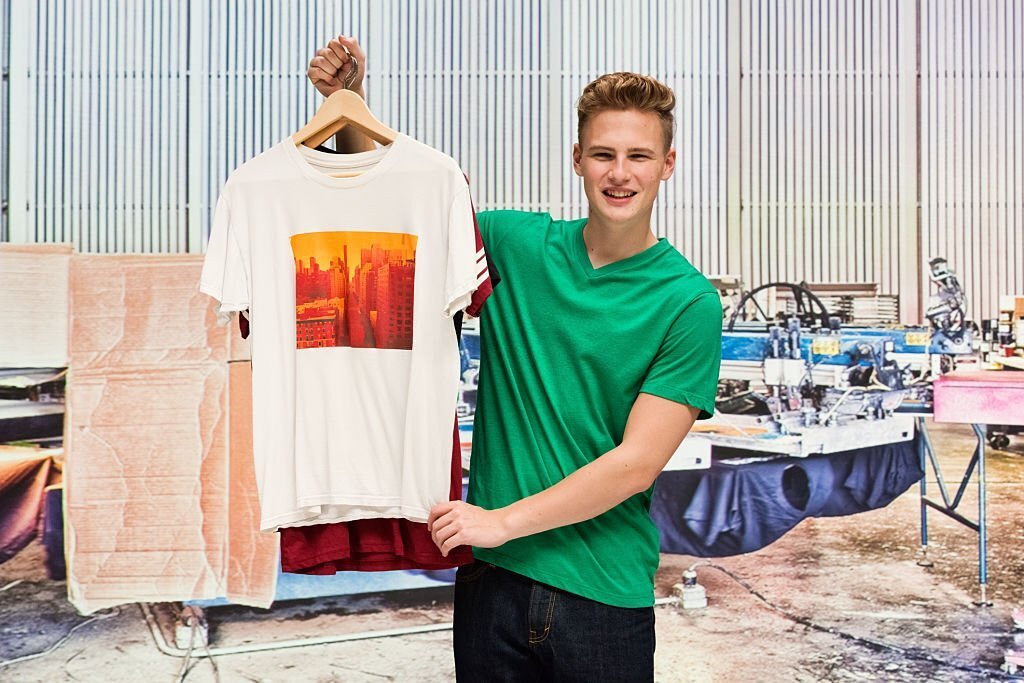
The drawback of sublimation is that it just functions admirably on polyester or polymer-coated surfaces. Additionally, it looks best on white or light-colored surfaces and won’t appear well on dark textures.
The positive factors of screen printing are that this technique makes an interestingly textured, raised design. It looks very classy and stays durable for some washes, however ultimately, the design might crack in the end. You can undoubtedly fill mass orders by reusing screens many times.
Hang on, screen printing also has limitations too. It works best with designs requiring one, two, or three tones. It additionally requires a great deal of set-up chance to make the stencils for each color screen before you can print.
So in the end, the battle between screen printing and sublimation must be ended now. Through this detailed blog, we have covered each and every aspect of these two printing techniques. Now it’s up to you to choose whatever suits you the best.





